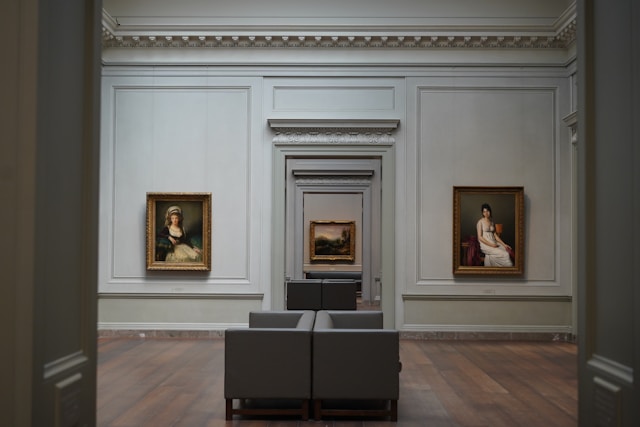Museums as Cultural Gateways: Preserving Scottish Traveller Stories and Beyond

Museums are no longer just places to observe history from a distance – they have become interactive, inclusive cultural hubs. Across Scotland, institutions are re-evaluating their roles, striving to reflect the diverse communities that shape the nation’s identity. This includes growing efforts to integrate the voices of Scottish Gypsy and Traveller communities, whose stories have often been underrepresented in traditional museum narratives.
Including Scottish Gypsy and Traveller Voices
Historically, the experiences of Scotland’s nomadic groups were left out of curated history. But modern museums are changing that. Institutions like the National Museum of Scotland, Museum of Edinburgh, and Riverside Museum in Glasgow are now co-creating exhibits with community members, focusing on authentic representation.
Artefacts such as traditional wagons, oral histories, and photographs of encampments help capture a way of life that has often been misunderstood. These exhibits do more than display – they educate, challenge stereotypes, and preserve a living culture for future generations.
Accessibility in Culture: A Broader Trend
The effort to lower barriers to cultural participation isn’t limited to museums. In other industries, accessibility is becoming a guiding principle. For example, in the UK online gaming sector, platforms offering a £1 minimum deposit casino UK are making entertainment more affordable and approachable.
While the contexts differ, the logic is similar – removing entry barriers encourages broader inclusion. Museums are embracing this philosophy not just by reducing admission costs, but by actively involving marginalized communities in how stories are told and preserved.
Co-Creation and Respectful Representation
Inclusion goes beyond token displays. Museums are now working directly with Scottish Traveller communities to ensure exhibitions are both respectful and accurate. These partnerships include consultation sessions, community-led curating, and educational outreach that reflect lived experiences – not just archived artifacts.
This approach signals a shift from “speaking about” to “speaking with”, allowing communities to reclaim their narrative and shape how their culture is presented in public institutions.
Inspiring Future Generations Through Representation
When young people from Scottish Gypsy and Traveller backgrounds visit a museum and see their history reflected, it can change how they view themselves. Representation validates their culture, encourages pride, and inspires them to participate in cultural spaces where they may have once felt excluded.
This inclusive shift is also vital for non-Traveller audiences. Exposure to authentic stories helps break down long-standing stereotypes and fosters a better understanding between settled and nomadic communities in Scotland.
Museums and Society: Adapting to Stay Relevant
Today’s successful museums are those that embrace dynamic storytelling, community engagement, and cultural pluralism. They are moving beyond traditional static exhibits and using interactive media, community events, and diverse curatorship to create truly inclusive spaces.
By doing so, they stay relevant in a world where representation and equity are non-negotiable expectations.
Cultural Inclusion as a Shared Responsibility
Much like low-barrier initiatives in other sectors – such as the £1 minimum deposit casino UK model – museums are learning that accessibility is about more than cost. It’s about removing social, cultural, and psychological barriers too.
For readers of ScottishGypsies.co.uk, this evolution offers hope. It shows that the stories of Scottish Gypsy and Traveller communities are not only being acknowledged but celebrated in the national narrative.
Museums in Scotland are no longer silent halls of selective history. They are becoming meeting places for shared identity, respectful learning, and cultural dignity – exactly what a true public institution should be.
